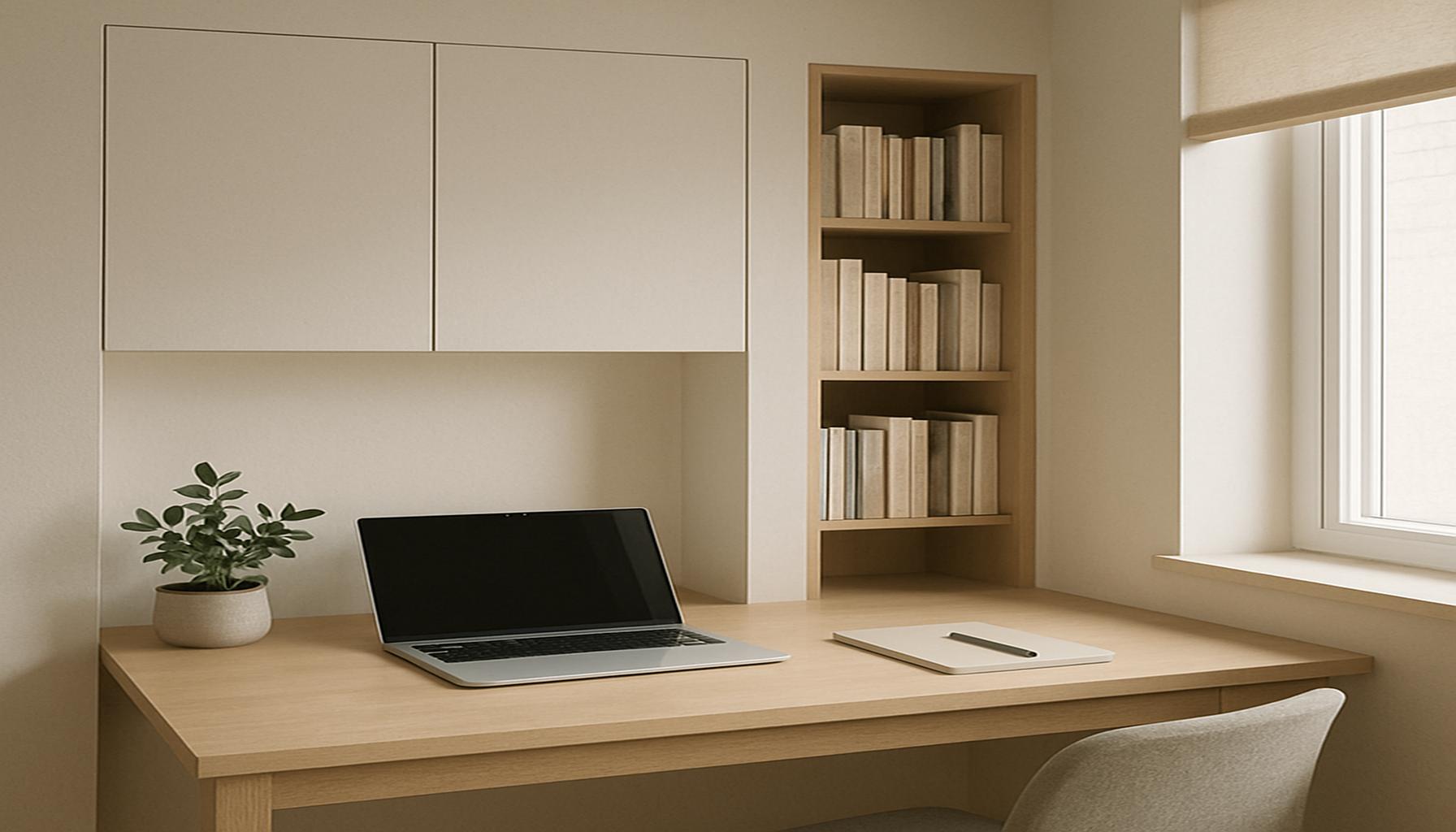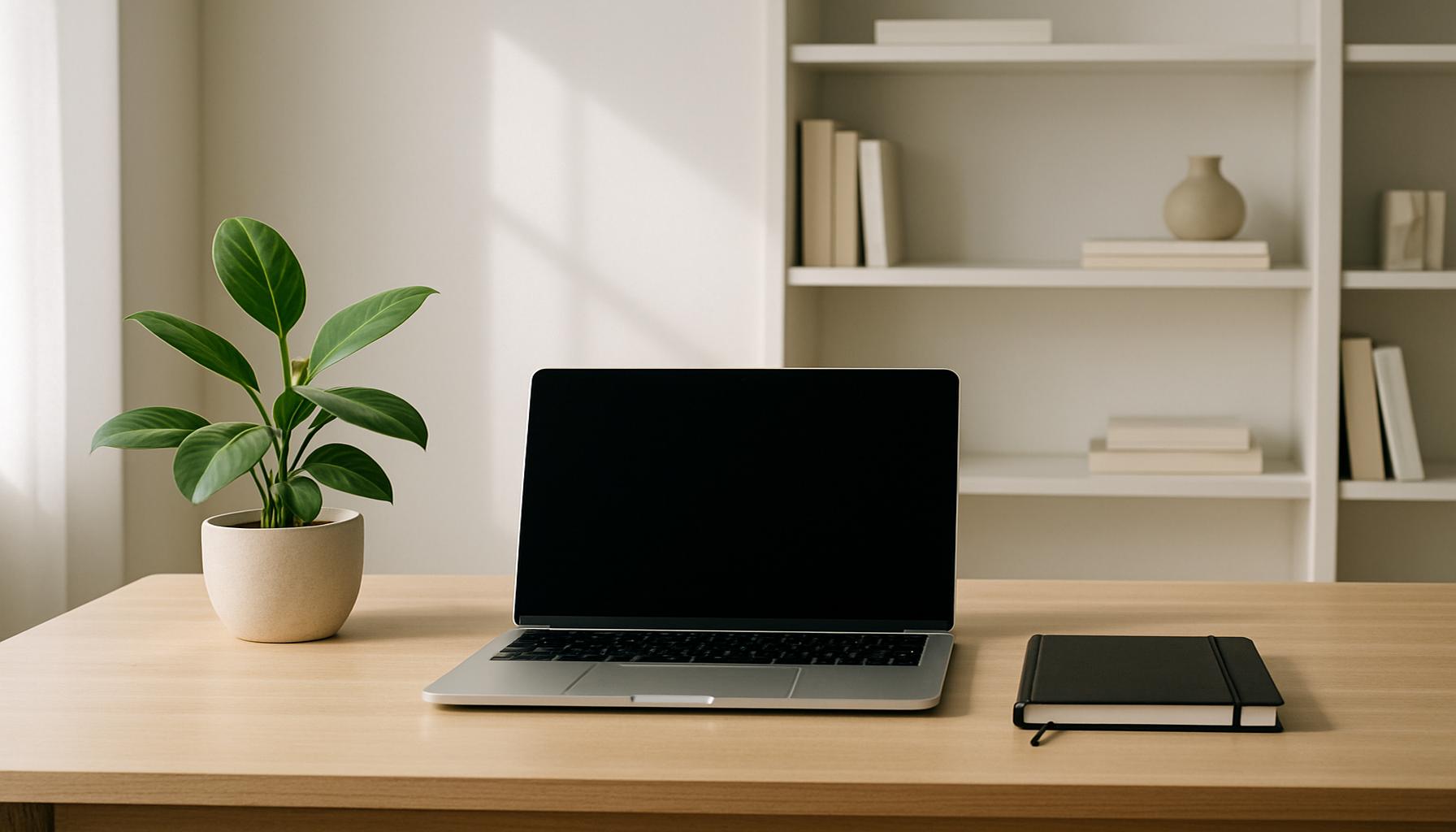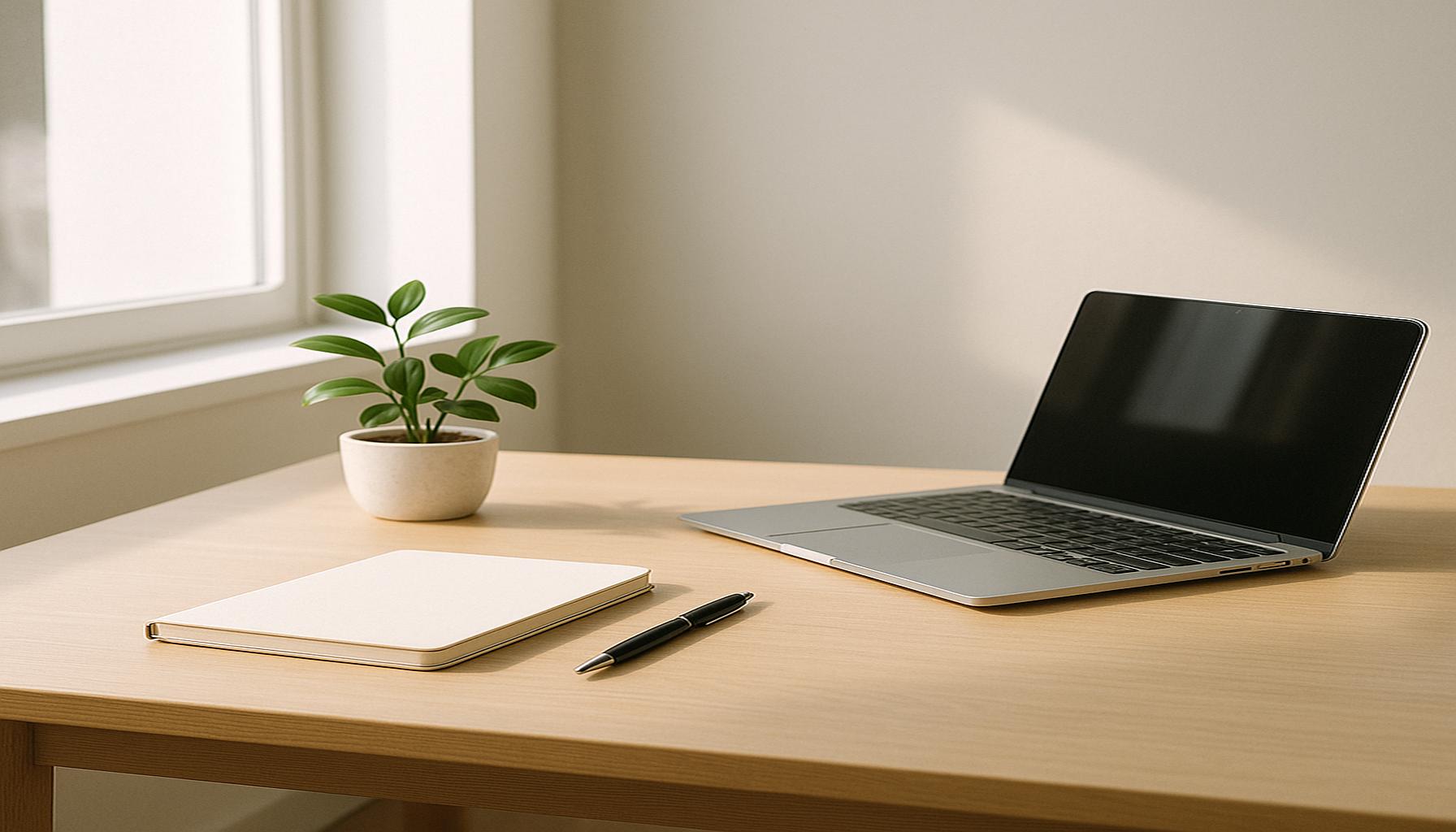How Simplicity in Decor Influences Efficiency in Work Environments
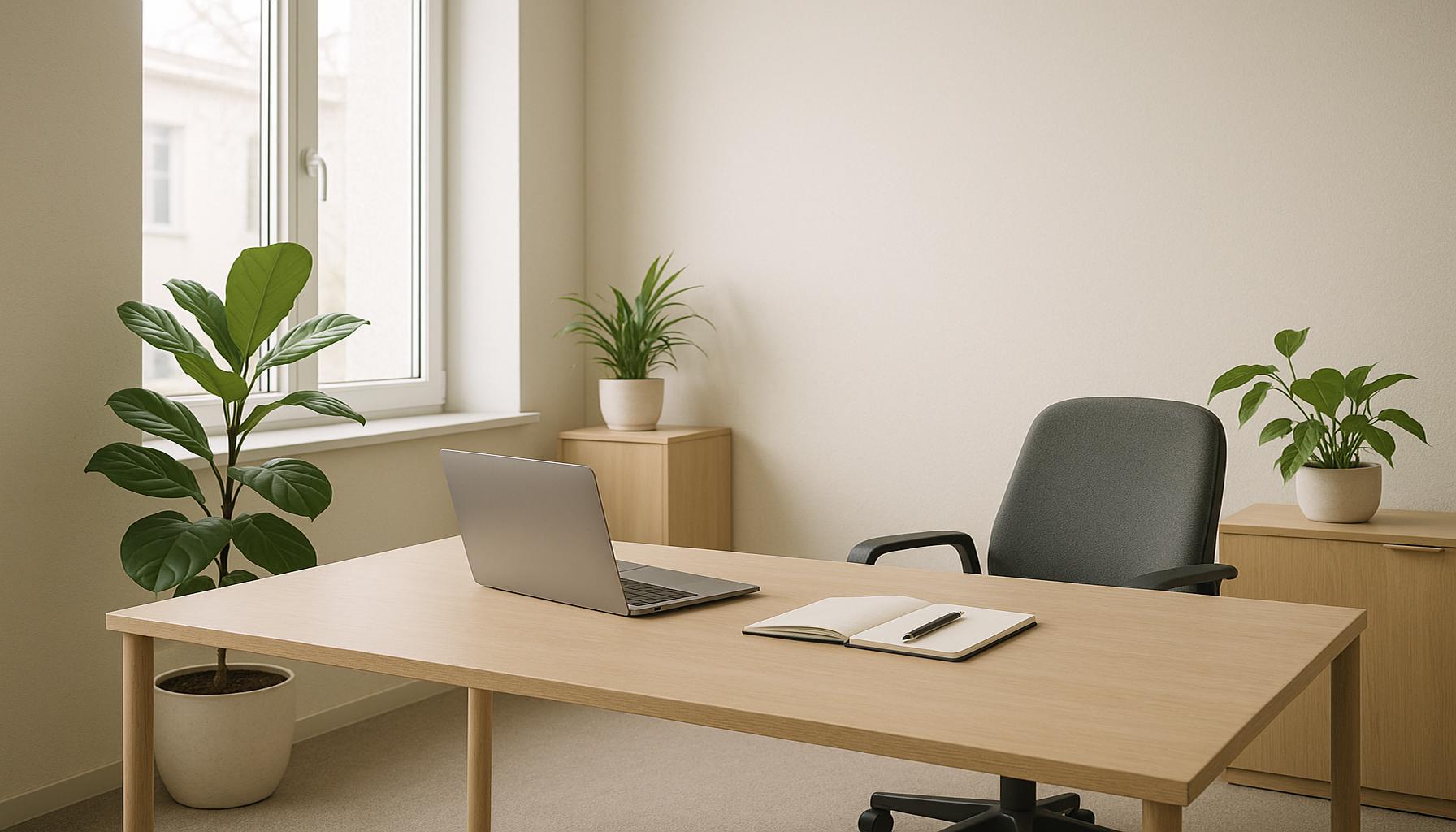
Unveiling the Impact of Simple Décor
In today’s fast-paced work environments, the importance of simplicity in decor cannot be overstated. A streamlined aesthetic can dramatically enhance efficiency and productivity among employees. As organizations continue to shape their physical spaces, understanding the correlation between simplicity in design and workplace effectiveness becomes crucial.
The Benefits of Minimalistic Design
Simplicity fosters an atmosphere that minimizes distractions, which allows workers to focus on their tasks. A minimalistic approach to decor not only promotes aesthetic appeal but also improves mental clarity and overall satisfaction in the workplace. Here are several key benefits of adopting a minimalistic decor approach:
- Enhanced Clarity: A clear and uncluttered workspace allows for better organization of thoughts and tasks. For instance, open-plan offices with fewer partitions create visual transparency and foster collaboration, leading to increased efficiency.
- Increased Focus: Reduced visual noise helps employees maintain their concentration on essential projects. Research has shown that environments with minimal distractions can lead to a 20% increase in productivity, as individuals struggle less with external stimuli.
- Stress Reduction: A serene environment can help lower anxiety levels, promoting a more enjoyable work experience. Features such as natural light, indoor plants, and a neutral color palette contribute to a calming workspace, which is essential in high-pressure industries like finance and healthcare.
Examples in Practice
Companies across the United States are integrating simplicity into their interiors to boost productivity. Famous tech giants like Apple and Google have leveraged minimalistic decor to create environments that stimulate innovation and collaboration. For instance, Apple’s headquarters, known as Apple Park, features a sleek design with an emphasis on natural materials and open spaces, reflecting the principles of simplicity and efficiency.
On the other hand, Google’s offices are renowned for their functional design elements that promote creativity without overwhelming employees. By creating versatile, open environments, they enable teams to adapt their workspaces according to their needs, further enhancing focus and productivity.
As you explore the transformative power of simplicity in workplace design, consider how these principles can be implemented in various settings to boost overall efficiency. Whether you are redesigning an office or simply looking to refresh a workspace, embracing a minimalistic approach can lead to positive outcomes for both employees and organizations.
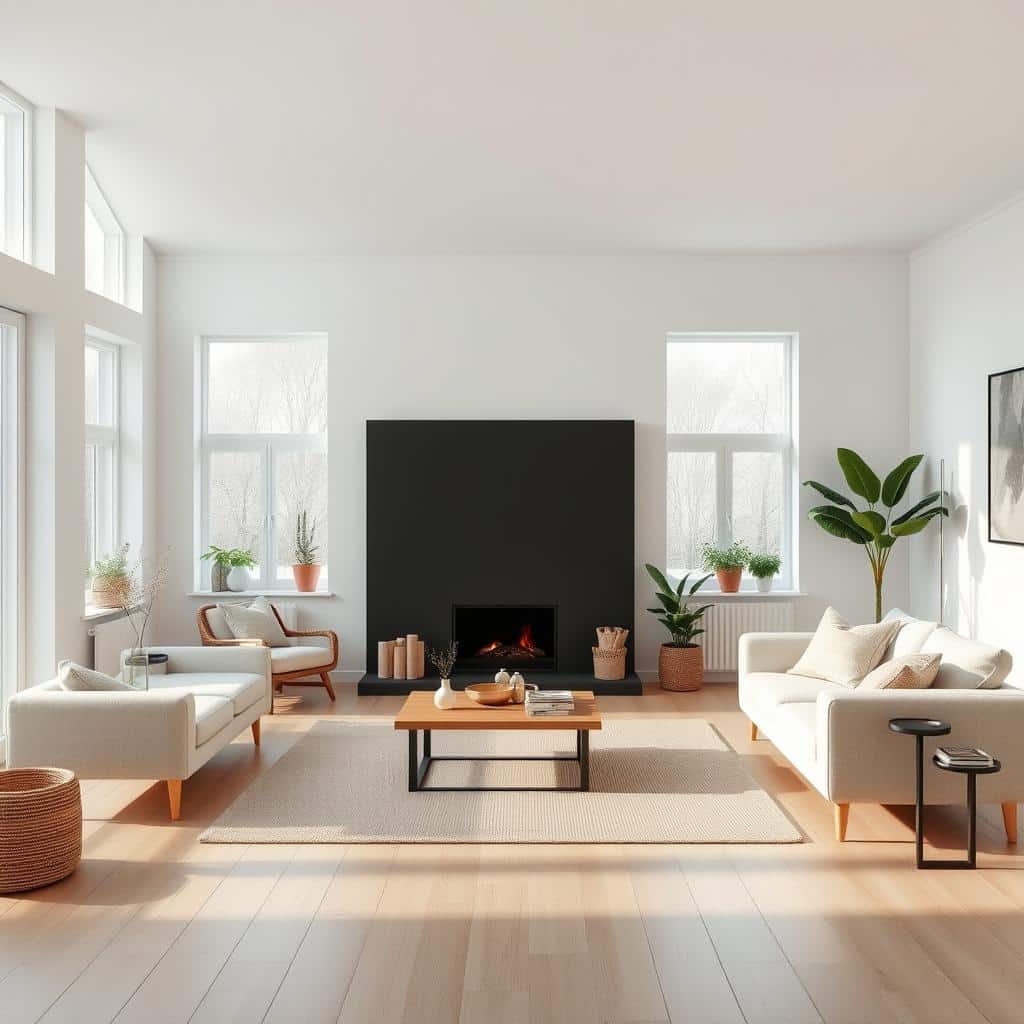
In conclusion, recognizing the impact of simple decor is essential in today’s work landscape. As businesses continue to evolve, the need for streamlined, efficient, and aesthetically pleasing environments becomes increasingly important. By prioritizing simplicity, organizations can foster a more engaged and productive workforce.
DON’T MISS OUT: Click here to discover the liberating power of minimalism
Creating a Work Culture Rooted in Simplicity
The physical workspace significantly influences the overall work culture within an organization. Adopting simple decor goes beyond aesthetics; it lays the foundation for a more organized and efficient workplace. As employees encounter fewer visual disruptions, they are better positioned to engage with their work, contributing to an overall enhanced productivity level.
The Psychological Benefits of a Simplified Space
Psychologists suggest that our environment shapes our mental state. The minimalist design fosters a sense of calmness and promotes clarity of thought in individuals. Employees who work in environments emphasizing simplicity often report higher levels of job satisfaction and decreased stress. Several psychological benefits associated with a simplified decor include:
- Improved Mood: Simplistic spaces often incorporate natural elements, soft colors, and ample lighting. This creates an uplifting atmosphere that can significantly enhance an employee’s mood and motivation levels, encouraging a more vibrant workplace.
- Better Work-Life Balance: Minimalistic designs can help delineate workspaces from personal areas through the use of multifunctional furniture and flexible space arrangements. This balance enables employees to efficiently switch between their professional and personal roles throughout the day.
- Cognitive Efficiency: Studies indicate that decluttered workspaces help streamline cognitive processes. A well-organized area allows individuals to locate resources quickly, minimizing the mental load required to navigate their tasks, subsequently enhancing performance.
Practical Implementations of Simplicity in Design
Incorporating simplicity into the decor can be seen in the approach taken by various organizations, especially within industries that thrive on innovation. For example, companies like Slack and Dropbox have embraced a clean aesthetic with open floor plans, encouraging collaboration while minimizing distractions. They utilize design elements such as:
- Neutral Color Schemes: Soft neutrals have been shown to promote a tranquil atmosphere, reducing the stimulation associated with overly vibrant or competing colors.
- Functional Furniture: Multi-purpose pieces such as adjustable desks and simple seating allow for versatility, catering to the individual needs of employees, which can boost both comfort and focus.
- Smart Technology Integration: Simple access to smart technologies—that automate tasks and streamline communication—further eliminates unnecessary clutter and friction in workflows, enabling workers to focus on critical objectives.
As organizations seek to refine their approach to workplace efficiency, simplicity in design can serve as a crucial element. Whether through color choices, furniture layout, or technological integration, every decision made in creating a workspace should aim to foster an environment where employees feel empowered to excel.
| Simplicity in Decor | Influence on Efficiency |
|---|---|
| Minimized Visual Clutter | A clean workspace reduces distractions, allowing employees to focus better and accomplish tasks efficiently. |
| Functional Furniture | Simple, multifunctional furniture promotes better organization and utilization of space, enhancing collaboration among team members. |
| Calming Color Schemes | Using soothing colors helps to reduce stress levels and improve concentration, which is vital for productivity in demanding work environments. |
| Natural Lighting | An emphasis on simplicity often includes maximizing natural light, which has been proven to improve mood and energy levels in the workplace. |
Simplicity in decor not only affects aesthetics but also increases employee productivity. When work environments are designed with simplicity in mind, there is a reduction in stress and a significant boost in overall efficiency. Companies that embrace this approach often report higher employee satisfaction and better collaborative efforts. For instance, studies show that workplaces focusing on clear and uncluttered designs lead to improved communication among colleagues. The minimalist approach simplifies decision-making, allowing teams to focus on priorities rather than distractions, ultimately driving business success. Further exploration into how different design elements can integrate simplicity while optimizing work processes could uncover even more benefits in this ongoing dialogue surrounding modern workplace design.
DISCOVER MORE: Click here to delve deeper
Maximizing Space for Productivity
Adopting a simplified decor approach not only transforms aesthetic appeal but also plays a vital role in maximizing the functionality of a workspace. This type of design encourages strategic use of space, thus greatly affecting the efficiency of employees. By focusing on essential elements, companies can create adaptable environments that cater to evolving needs without overwhelming individuals with superfluous decor.
Spatial Considerations and Layout Strategies
One of the most effective ways to implement simplicity in decor is through deliberate spatial arrangements. Open floor plans are increasingly popular in modern work environments, and for good reason. These designs facilitate better communication among employees while promoting a sense of camaraderie. However, achieving efficiency requires more than merely removing walls; understanding the nuances of layout is essential. Here are strategies that embody the principle of simplicity:
- Defined Zones: Designating specific areas for collaboration, quiet work, and relaxation ensures employees can easily transition between tasks while maintaining focus. Clearly defined zones mitigate distractions and allow individuals to settle into their work modes more seamlessly.
- Flexible Furniture Arrangements: Utilizing modular furniture allows organizations to adapt spaces based on needs, fostering an environment that supports teamwork or solitary work as required. Adjustable desks, for instance, can help employees embrace healthier work habits while optimizing their input.
- Natural Pathways: Layouts that enhance natural movement flow can prevent bottlenecks and allow for easy navigation. This unobstructed movement enhances overall efficiency and creates a sense of openness and accessibility, inviting collaboration and interaction.
Nurturing Collaboration Through Design Simplicity
Incorporating elements of simplicity can extend beyond the physical appearance of a workspace and deeply influence interpersonal dynamics. A less cluttered environment can have profound effects on how employees interact and collaborate. Organizations that emphasize simplicity in decor often notice an increase in teamwork and shared ideas.
- Visual Cohesion: A consistent decor theme across the workspace not only enhances aesthetic appeal but also fosters a collective identity among employees. This cohesiveness can strengthen team bonds and promote a unified approach to work.
- Increased Creativity: Studies show that employees in uncluttered environments are more likely to feel inspired and engaged. With fewer distractions, employees can focus on brainstorming and innovation, leading to novel solutions and ideas.
Furthermore, the aesthetic aspect of simplicity can be a powerful communication tool. When the decor reflects the organization’s values and mission in a straightforward manner, it enhances brand identity and makes the workspace a living representation of the company culture. Elements such as motivational quotes, strategic artwork, and nature-inspired themes can provide inspiration, enabling employees to feel connected to their organization’s larger purpose without overwhelming their senses.
Demonstrating the Benefits with Real-World Examples
Many successful organizations have embraced simplicity in decor, demonstrating its impact on overall efficiency. Consider the case of tech giant Zillow, which integrates simplicity into every aspect of their design. Their offices are characterized by open spaces adorned with minimalistic furniture and accents that highlight the company’s brand. By nurturing open dialogues and embracing an uncluttered aesthetic, Zillow empowers its employees to connect creatively, leading to innovative approaches within the competitive real estate sector.
Such examples illustrate that simplicity in decor does far more than elevate a workspace’s looks; it becomes a powerful catalyst for enhancing organizational efficiency, employee engagement, and ultimately, business success. By investing in a thoughtful approach to workplace design, companies can create compelling environments that are not only beautiful but also profoundly productive.
DISCOVER: Click here to learn about the freedom of minimalism
Conclusion
In an era where workplace efficiency is paramount, the integration of simplicity in decor emerges as a transformative strategy for enhancing productivity and collaboration within work environments. By embracing minimalist design principles, companies have the opportunity to create spaces that not only look appealing but also serve functional purposes. Simplified decor fosters a streamlined workflow, as it minimizes distractions and encourages employees to focus on their core tasks. The importance of strategic spatial arrangements cannot be overstated, as they enhance communication and camaraderie among team members, leading to an enriched collaborative atmosphere.
Moreover, nurturing an environment that emphasizes simplicity often results in heightened creativity and innovation. Research indicates that decluttered workspaces allow employees to feel more inspired, as they can engage more fully with their tasks without overwhelming stimuli. As demonstrated by successful organizations like Zillow, the benefits of a simplistically designed workplace extend beyond mere aesthetics—they contribute to a stronger organizational identity, better employee morale, and ultimately, improved business outcomes.
For companies aiming to boost their operational efficiency, a commitment to simplicity in decor should be a cornerstone of workplace strategy. As the landscape of work continues to evolve, investing in environments that prioritize clarity and functionality will not only optimize productivity but also inspire a thriving, engaged workforce. In essence, simplicity in decor is not just a trend; it is a vital component of the modern work environment that warrants further exploration and adoption.
